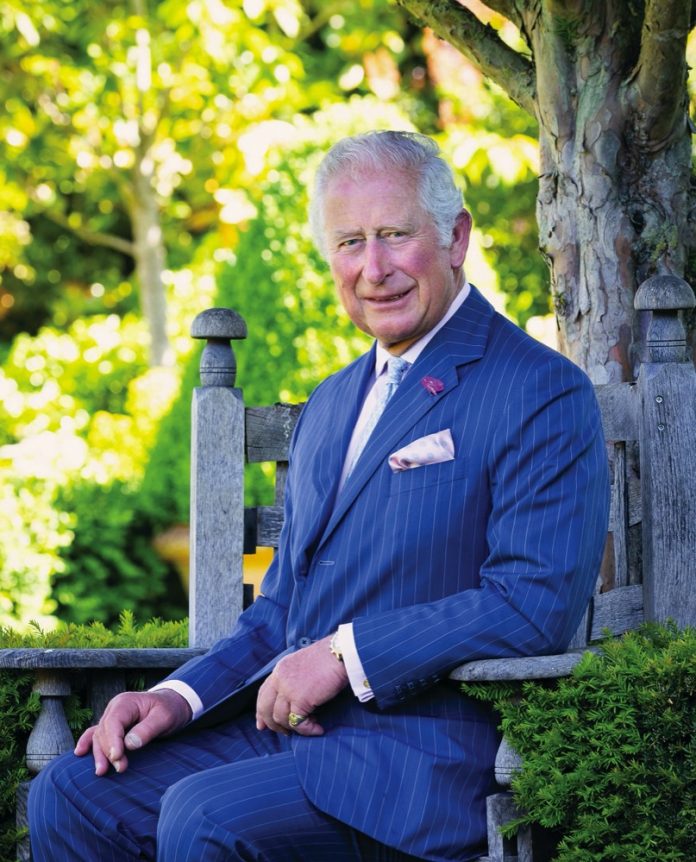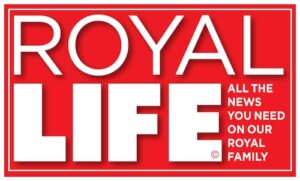
THE PRINCE OF WALES WILL ATTEND A HEDGELAYING EVENT
HIGHGROVE ESTATE, GLOUCESTERSHIRE
Saturday, 4th December 2021
The Prince of Wales, Patron the National Hedgelaying Society, will host a Patron’s Day of hedgelaying on the Highgrove estate and watch hedgelayers at work.
The Prince of Wales will meet competitors taking part in the Patron’s National Hedgelaying Society event and watch them at work before meeting them at a short reception before presenting awards.
There will be around 50 hedgelayers taking part in the Patron’s competition. The hedges will be laid in different styles including Welsh style, Midlands style and the South of England style. There will also be a number of junior novice cutters taking part.
As Patron of the Hedgelaying Society, His Royal Highness is a supporter of the traditional craft that they undertake in order to maintain the hedges around the United Kingdom.
Hedges are a crucial part of the United Kingdom’s landscape, offering homes and sanctuary for many of the countryside’s birds and animals. There are different styles of hedgelaying across the UK depending upon climate, farming practice and trees and shrubs in the area. There are 11 styles of hedgelaying across the UK.
It is estimated that more than half our hedgerows have been lost since World War Two and many are in a poor state of repair.
Hedgerow management
The management of hedgerows is extremely important and requires planning. Many hedgerows are in an extremely poor state. Hedges need to be laid properly and steps taken including replanting, thinning and coppicing to ameliorate problems of gaps, sparse stems, knuckles and height issues. Life-cycles need to be recognised to encourage rejuvenation and renew growth and to encourage and support wildlife.
Hedges
The hedgerow is the hidden hero of the countryside, Britain’s biggest nature reserve. Hedgerows form an important and attractive part of lowland farmed areas of the UK. They also provide a very important habitat for a wide range of species and often link together different areas of habitat. Bats, birds and butterflies all use hedges as corridors for flight. They are a good source of food, providing berries for birds and nectar sources for butterflies and insects. Birds also use hedges to nest in and hedgerow trees as song posts. Hedgerows also provide a home for a range of small mammals. Hedgerows tend to exist in landscapes defined as ‘Enclosed Farmland’ which comprises 40% of UK land area and supplies the majority of the UK’s food.
Over 1500 species of insects have been recorded as living or feeding in hedgerows.
About 42% of our hedges, or about 154,000 km are ancient (pre-1720) and/or species rich (containing 5 or more native woody species in a 30 metre length, or 4 or more in Northern England and upland Wales). Theses hedges are predominantly seen in South England, especially in the South West or West Wales.
New hedge planting began in Roman times and continued through to the mid 18th Century when the Enclosures Act encouraged much hedge planting, especially around the Midlands area.
Some hedges date from the bronze and iron ages, 2,000 -4000 years ago, when woodland was cleared to make fields. These oldest hedges often form parish boundaries.
Loss of hedgerows
Loss of hedgerows has been identified as a factor in the decline of many plant and animal species traditionally associated with farmland. Reasons for hedge loss include changes in farming practices, development, damage caused by straw and stubble burning (banned since 1992), spray drift, neglect and indiscriminate trimming. The losses of managed hedges appear to have been halted in the mid-1990s, as a result of hedgerow incentive schemes. Although the net length of hedges now appears stable or possibly increasing, newly created or restored hedges may not have the same value in terms of wildlife, landscape and historical significance as long-established hedgerows. English and Welsh legislation does currently protect hedgerows of key importance. There are now 402,000 km of managed hedgerow in England. It has been estimated that if you planted 1 tree into every 20 metres of hedgerow in the UK, you’d have planted 40 million trees.
Ash Dieback
Ash is a highly important species within the UK’s hedgerows and accounts for about 10% of the nation’s estimated 123 million “non-woodland” trees. Chalara, or Ash Dieback, and loss of ash from farmlands will particularly affect hedgerow trees, small copses and hedgerows. A 2020 study suggests that some types of environment help block the spread of ash dieback disease, which threatens millions of ash trees in the UK. Landscapes with hedgerows and woods made up of several types of tree resisted the pathogen better than areas where ash trees predominated. Ash dieback shows very contrasting severity depending on the environment, remaining mild on trees in open canopies (hedges, isolated trees) or on trees in forest with a mixture of tree species and just a few ashes. Despite this, there is serious concern for the loss of habitat for animals that inhabit mature woodland, when Ash trees are removed, even if replaced with young saplings.









